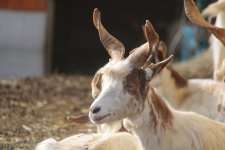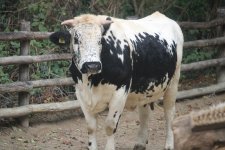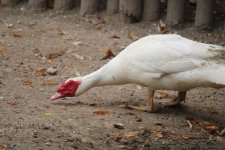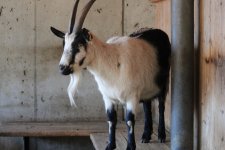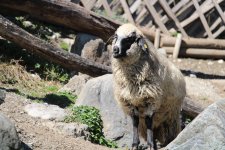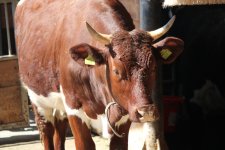I can find this in English right now but I will come back to you with that specific fragment soon. Already wrote to EAZA about it.Some quotes from those sources:
''The educator can also bring animal items for the visitors to touch (such as horns or skins) or live animals (spiders, insects, domesticated animals)''
''Basic and applied research programmes in zoos or aquariums can embrace a remarkably large number of topics including: animal care, ageing, assisted reproduction, behaviour, bioinformatics, 11 bio-materials or ‘gene’ banking, biotechnology, contraception, database management, diet, disease, DNA analysis, domestication, environmental enrichment, husbandry, identification, life histories, low temperature biology (cryobiology), parasites, population analysis, reproduction, studbooks, human behaviour, visitor studies and wildlife crime''
''Ex situ conservation centres such as arboreta, aquariums, botanic gardens, seed banks, microbial collections, field gene banks, forest nurseries, propagation units, tissue and cell cultures, zoological gardens and museums can help conserve stocks of both wild and domesticated animals, plants, fungi and micro-organisms but are less able to maintain their populations. …''
Clearly, EAZA sees some value in domestic animals.
And I did not find this quote referred to before:
"ZOO facilities should focus on the protection of species at risk of extinction, and such species do not include, for example, farm animals."
I am not against domestics at all. Just prefer wild and endangered species.

